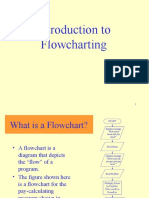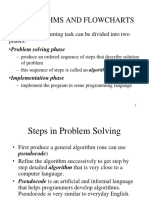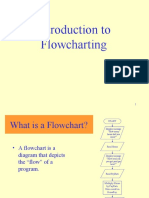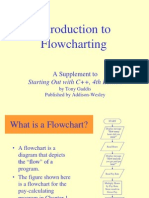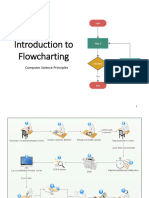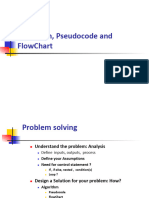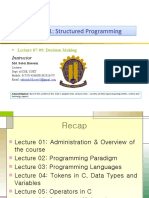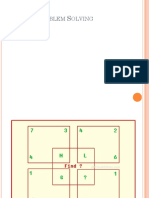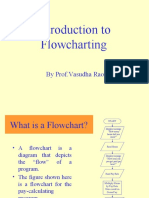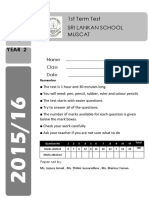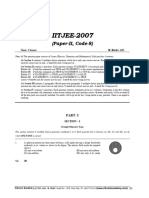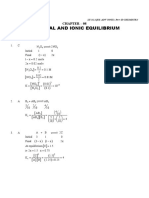0% found this document useful (0 votes)
44 views36 pagesFLOWCHART Lecture
Covers the basics of flowcharting.
Uploaded by
Tisha Faye MendozaCopyright
© © All Rights Reserved
We take content rights seriously. If you suspect this is your content, claim it here.
Available Formats
Download as PPTX, PDF, TXT or read online on Scribd
0% found this document useful (0 votes)
44 views36 pagesFLOWCHART Lecture
Covers the basics of flowcharting.
Uploaded by
Tisha Faye MendozaCopyright
© © All Rights Reserved
We take content rights seriously. If you suspect this is your content, claim it here.
Available Formats
Download as PPTX, PDF, TXT or read online on Scribd
/ 36
